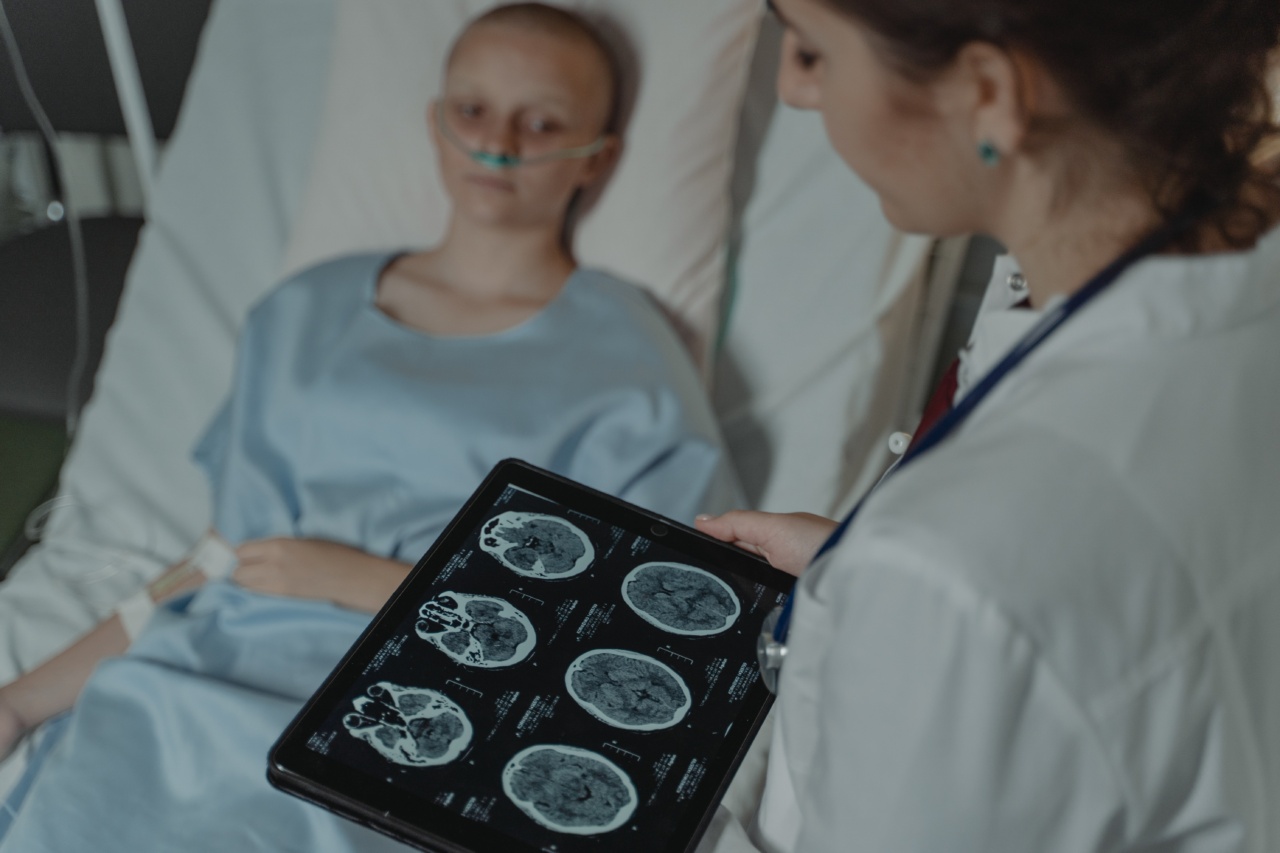Depression is a complex mental health condition that affects millions of people around the world.
It is not just a temporary feeling of sadness, but rather a persistent and overwhelming sense of despair that can significantly impact a person’s daily life. Over the years, researchers have made significant progress in understanding the neurological changes that occur in the brains of individuals with depression.
By gaining insights into these changes, scientists hope to develop more effective treatments and interventions for this debilitating condition.
Understanding the Neurobiology of Depression
Depression is known to involve multiple brain regions and various neurotransmitter systems. Neurotransmitters are chemical messengers that facilitate communication between brain cells, or neurons.
One of the key neurotransmitters implicated in depression is serotonin. Studies have shown that individuals with depression often have lower levels of serotonin in their brains. This deficiency can disrupt the normal functioning of neural circuits that regulate mood and emotions.
Another neurotransmitter linked to depression is dopamine. Dopamine plays a crucial role in the brain’s reward and pleasure centers.
When dopamine levels are imbalanced, it can lead to a loss of interest in previously enjoyable activities, which is a common symptom of depression.
The Impact of Stress on the Brain
Stress is a significant contributor to the development and progression of depression. Chronic stress can alter the structure and function of the brain in several ways. One of the key brain regions affected by stress is the hippocampus.
The hippocampus is responsible for regulating emotions, including stress responses. Prolonged exposure to stress hormones, such as cortisol, can lead to hippocampal shrinkage and impaired function.
Additionall to the hippocampus, the prefrontal cortex, which is responsible for decision-making and impulse control, can also be affected by chronic stress.
This can result in difficulties in regulating emotions and an increased risk of developing depressive symptoms.
Changes in Brain Connectivity
Depression is associated with alterations in brain connectivity patterns. Functional magnetic resonance imaging (fMRI) studies have revealed that individuals with depression often exhibit abnormal connectivity between different brain regions.
These connectivity disruptions can impair communication between regions that are involved in regulating mood and emotion, further contributing to the symptoms of depression.
Researchers have also observed changes in the default mode network (DMN) in individuals with depression. The DMN is a network of brain regions that are active when a person is at rest or engaged in internal thoughts.
Alterations in the DMN have been linked to rumination and negative self-referential thinking, which are common features of depression.
The Role of Neuroplasticity
Neuroplasticity refers to the brain’s ability to reorganize and adapt its structure and function in response to experiences and environmental changes.
Studies have shown that depression can affect neuroplasticity, leading to reduced gray matter volume in certain brain regions. Reduced gray matter volume has been observed in the prefrontal cortex, hippocampus, and amygdala, among other regions.
Interestingly, research has demonstrated that effective treatment for depression, such as psychotherapy or antidepressant medication, can reverse some of these structural changes in the brain.
This suggests that promoting neuroplasticity may be an important target in the development of new treatments for depression.
Genetic Factors in Depression
While environmental factors play a significant role in depression, there is also evidence that genetics contribute to an individual’s susceptibility to the condition.
Several genes have been identified that may increase the risk of developing depression. However, it is important to note that no single gene is solely responsible for causing depression.
Genetic factors can influence various aspects of brain function that are relevant to depression, including the regulation of neurotransmitters and neural plasticity.
Understanding the genetic underpinnings of depression may help in the development of personalized treatments in the future.
Emerging Treatments Based on Brain Changes
The growing understanding of how depression changes the brain has paved the way for new treatment approaches. One such approach is called neurostimulation, which involves using electrical or magnetic impulses to modulate brain activity.
Techniques like transcranial magnetic stimulation (TMS) and electroconvulsive therapy (ECT) have shown promise in alleviating depressive symptoms by targeting specific areas of the brain.
Another emerging treatment option is ketamine, an anesthetic medication that has shown rapid and robust antidepressant effects. Ketamine acts on the glutamate system, another neurotransmitter pathway implicated in depression.
Researchers are exploring the potential of ketamine and other glutamate-targeting drugs in treating depression and providing faster relief than traditional antidepressants.
The Importance of Further Research
While significant progress has been made in understanding how depression changes the brain, there is still much to learn.
The heterogeneity of depression, with its wide range of symptoms and varying responses to treatments, suggests that there may be multiple underlying mechanisms at play.
Further research is needed to uncover the complexities of depression and refine treatment strategies.
By unraveling the intricate interplay between genes, brain structure, and neurotransmitters, scientists can hope to develop more personalized and effective interventions for individuals with depression.
Overall, gaining insight into how depression changes the brain is a crucial step towards improving the lives of those affected by this debilitating condition.
By uncovering the underlying neural mechanisms, scientists and healthcare professionals can devise more targeted approaches that address the root causes of depression and provide individuals with better chances of recovery and well-being.































